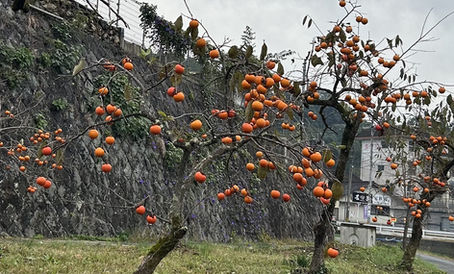Blue tide is a natural phenomenon, when seawater becomes bluish milky in color.
- Masahisa Takaki

- Sep 22, 2021
- 1 min read
Updated: Sep 29, 2021
A large outbreak of plankton tends to be found in eutrophic seawater areas like bays along big cities. This plankton, after a while, dies before it settles at the seabed, then is biologically decomposed with much oxygen in the water. Thereafter, hypoxic water masses, in which anaerobic bacteria grow, are formed at the seabed. After that, these bacteria form a lot of hydrogen sulfide. When these water masses with hydrogen sulfide float to the surface mainly impacted by wind, this hydrogen sulfide is oxidized by air near the surface to become colloidal sulfa. Blue tide is made up of this colloidal sulfa. It looks like tropical sea from a distance though, if we once walk up to the waterside, you would find a rotten egg odor caused by colloidal sulfur. Blue tide is prone to appear in Tokyo Bay from June to September. Its life is just a few days, however, some kinds of fishes occasionally die by suffocation. The first picture shows the blue tide reaching a canal, about 4 kilometers away from Tokyo Bay. The second one, the same canal when it was normal. The blue tide in Tokyo sometimes extends to the brackish water of canals.
Licensed tour guide, travel consultant,
Masahisa Takaki.
全国通訳案内士 高木聖久。








Comments